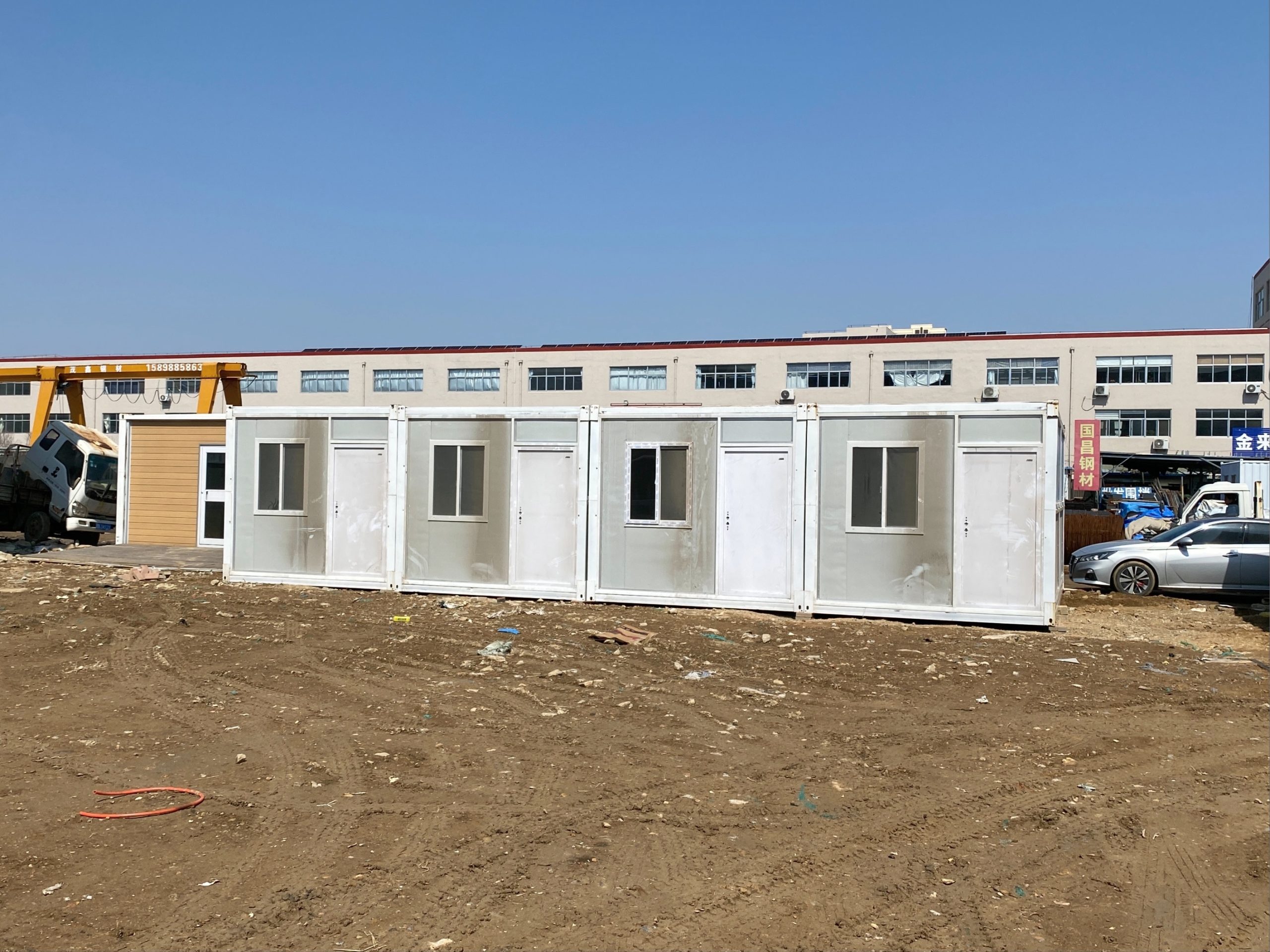目录
Advancements in AI-Powered Safety Monitoring Systems for Steel Structure Construction
Technological innovation has played a crucial role in ensuring safety in the construction industry, particularly in the process of building Steel Structures. With the rise of intelligent construction methods, there has been a growing need for advanced safety monitoring systems to prevent accidents and ensure the well-being of workers on site.
One of the most significant advancements in this area is the integration of artificial intelligence (AI) into safety monitoring systems. AI-powered systems have the ability to analyze vast amounts of data in real-time, allowing for early detection of potential hazards and proactive intervention to prevent accidents. This technology has revolutionized the way safety is managed in steel structure construction, making it more efficient and effective than ever before.
By utilizing AI algorithms, safety monitoring systems can identify patterns and trends in data that may indicate potential risks. For example, these systems can analyze the movement of heavy machinery on site and predict when a collision is likely to occur. By alerting workers and supervisors to these risks, AI-powered systems can help prevent accidents before they happen, saving lives and reducing the likelihood of costly delays in construction projects.
Furthermore, AI-powered safety monitoring systems can also be integrated with other technologies, such as drones and Sensors, to provide a comprehensive view of the construction site. Drones can be used to capture high-resolution images and videos of the site, allowing for real-time monitoring of activities and identification of potential hazards. Sensors can be placed throughout the site to collect data on environmental conditions, such as temperature and humidity, which can impact the safety of workers.
In addition to real-time monitoring, AI-powered safety systems can also analyze historical data to identify trends and patterns that may indicate areas of concern. By analyzing past incidents and near misses, these systems can help identify potential risks and develop strategies to mitigate them. This proactive approach to safety management is essential in the construction industry, where accidents can have serious consequences for both workers and the project as a whole.
Another key benefit of AI-powered safety monitoring systems is their ability to adapt to changing conditions on the construction site. By continuously analyzing data and adjusting algorithms, these systems can respond to new risks and challenges as they arise. This flexibility is crucial in an industry where conditions can change rapidly, and traditional safety measures may not always be sufficient to protect workers.
Overall, the technological innovation of safety guarantee in the process of intelligent construction of steel structures has significantly improved the safety of workers and the efficiency of construction projects. By harnessing the power of AI and other advanced technologies, safety monitoring systems can provide real-time insights into potential hazards, prevent accidents before they happen, and adapt to changing conditions on site. As the construction industry continues to embrace intelligent construction methods, the integration of AI-powered safety systems will be essential to ensuring the well-being of workers and the success of projects.
Implementing IoT Devices for Real-Time Safety Alerts and Monitoring in Steel Structure Projects
Technological innovation has revolutionized the construction industry, particularly in the realm of steel structure projects. With the advent of intelligent construction methods, safety has become a top priority for project managers and workers alike. Implementing IoT devices for real-time safety alerts and monitoring has become a game-changer in ensuring the well-being of workers and the successful completion of projects.
One of the key benefits of using IoT devices in steel structure projects is the ability to receive real-time safety alerts. These devices are equipped with sensors that can detect potential hazards such as falls, collisions, or equipment malfunctions. When an issue is detected, the device sends an alert to the project manager or safety officer, allowing them to take immediate action to prevent accidents or injuries.
In addition to real-time safety alerts, IoT devices also provide continuous monitoring of the work Environment. This allows project managers to track the movements of workers, equipment, and materials throughout the construction site. By analyzing this data, managers can identify potential safety risks and make informed decisions to mitigate them before they escalate into serious incidents.
Furthermore, IoT devices can be integrated with other technologies such as drones and artificial intelligence to enhance safety measures on steel structure projects. Drones can be used to conduct aerial inspections of the construction site, providing a bird’s eye view of potential hazards or safety violations. AI algorithms can analyze this data in real-time and provide recommendations for improving safety protocols.

Another advantage of using IoT devices in steel structure projects is the ability to collect and analyze data for future reference. By tracking safety incidents, near misses, and compliance with safety regulations, project managers can identify trends and patterns that can help improve safety protocols in the future. This data-driven approach to safety management can Lead to a reduction in accidents, injuries, and costly delays on construction projects.
Moreover, IoT devices can also be used to enhance communication and collaboration among workers on steel structure projects. By equipping workers with wearable devices that are connected to a central monitoring system, project managers can ensure that everyone is on the same page when it comes to safety protocols and procedures. This real-time communication can help prevent misunderstandings or miscommunications that could lead to accidents or delays.
In conclusion, the implementation of IoT devices for real-time safety alerts and monitoring in steel structure projects has significantly improved safety standards in the construction industry. By leveraging the power of technology, project managers can proactively identify and address safety risks, track the movements of workers and equipment, and analyze data to improve safety protocols for future projects. With the continued advancement of technology, the future of safety in construction looks brighter than ever.
